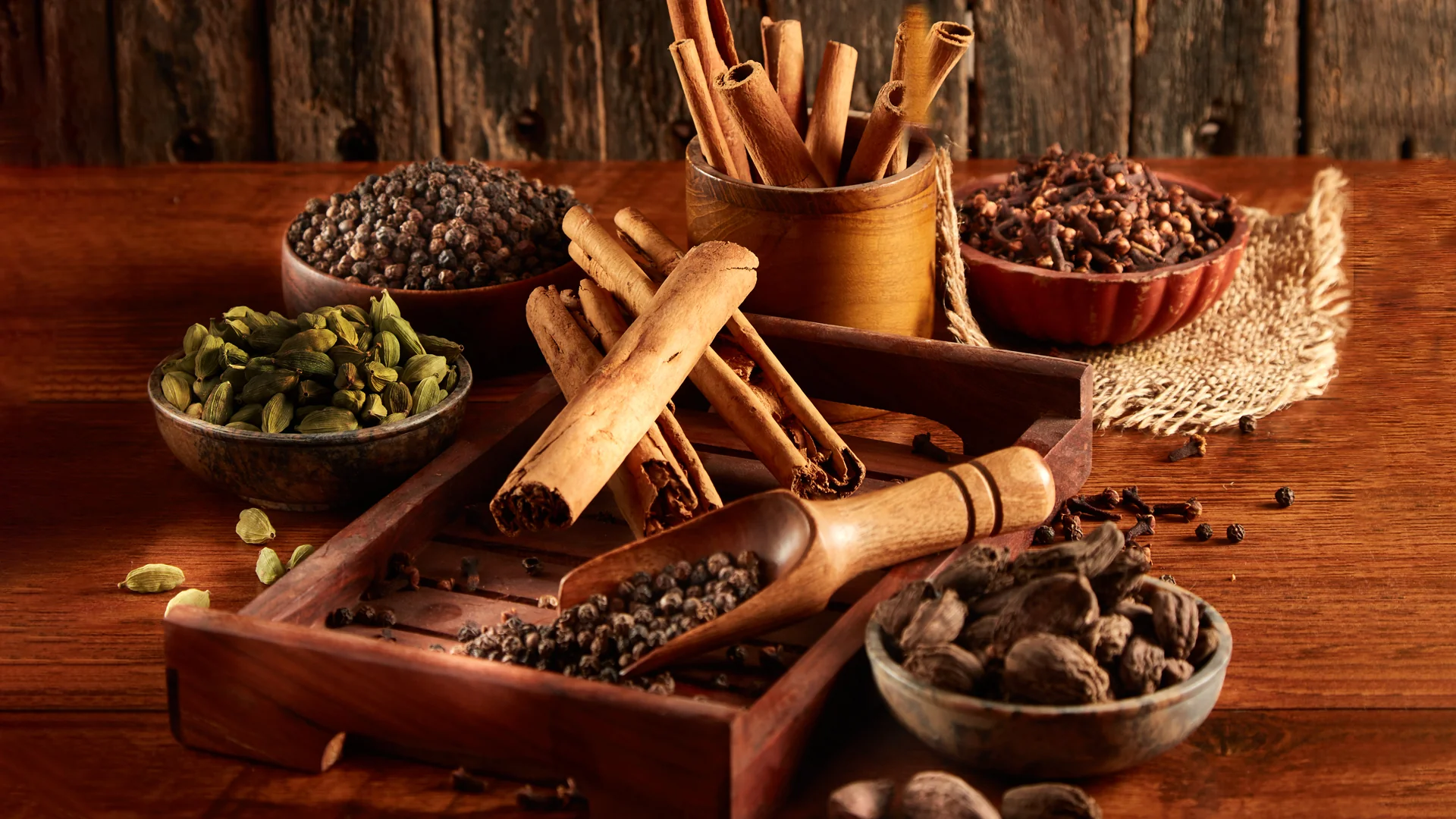
Indian Spices
A Symphony of Flavors: Exploring the Rich Tapestry of Indian Spices
Introduction:
India, a land of diverse cultures, languages, and landscapes, is also celebrated for its vibrant and aromatic culinary heritage. At the heart of this culinary tapestry lie the myriad spices that have tantalized taste buds for centuries. From the pungent aroma of cumin to the warmth of cinnamon, Indian spices are the secret behind the country’s rich and flavorful cuisine.
1. Historical Significance:
Indian spices have played a pivotal role throughout history, attracting traders from across the globe. The spice trade was so influential that it prompted the famous explorations, including Columbus’s journey to discover a new spice route. Centuries later, these exotic flavors continue to enchant chefs and food enthusiasts worldwide.
2. The Spice Palette:
India boasts an impressive array of spices, each contributing its unique flavor profile. Cumin, coriander, cardamom, and turmeric are staples in Indian kitchens, adding depth and complexity to dishes. The art lies in the delicate balance and skillful use of these spices to create harmonious flavors.
3. Health Benefits:
Beyond their culinary appeal, Indian spices are renowned for their health benefits. Turmeric, with its active compound curcumin, is celebrated for its anti-inflammatory properties. Cinnamon is believed to help regulate blood sugar levels, while cardamom is known for its digestive benefits. The use of spices in Indian cuisine goes beyond taste; it’s a holistic approach to well-being.
4. Regional Diversity:
India’s vast geography and diverse climate contribute to the abundance of spices, each region having its signature blend. In the south, curry leaves, tamarind, and mustard seeds dominate, creating dishes with a tangy and spicy kick. In the north, the robust flavors of cloves, cinnamon, and black cardamom prevail, offering a different culinary experience.
5. Culinary Applications:
Indian spices find their way into a plethora of dishes, from aromatic curries to sweet desserts. Garam masala, a blend of warming spices like cloves, cinnamon, and cardamom, is a common addition, infusing dishes with a fragrant essence. The use of spices is an art form, with chefs skillfully combining them to create an exquisite symphony of tastes.
6. Celebration of Festivals:
Festivals in India are marked by a burst of culinary delights, and spices play a central role in these celebrations. Sweets infused with cardamom and saffron, savory snacks with a hint of cumin and coriander, and festive rice dishes adorned with cloves and bay leaves—all showcase the diversity and richness of Indian spices.
7. Export and Global Influence:
Indian spices have not only shaped the country’s cuisine but have also made a significant impact on global palates. The popularity of dishes like curry, masala chai, and tandoori can be attributed to the widespread use of Indian spices, introducing the world to the magic of these flavorful additions.
Conclusion:
Indian spices are more than just ingredients; they are a testament to the country’s culinary heritage, a journey through time, and a celebration of flavors. As the intoxicating aroma of spices continues to waft through Indian kitchens and kitchens worldwide, it signifies the enduring legacy of these aromatic treasures. In each sprinkle of cumin, each pinch of turmeric, lies the story of a nation that has shared its culinary secrets with the world, inviting all to savor the magic of Indian spices.
